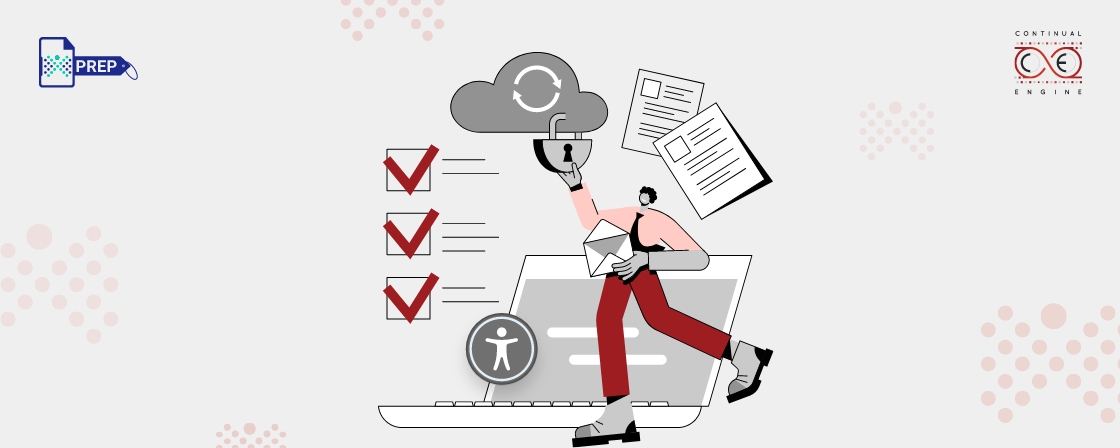In an attempt to make Ontario more accessible for everyone, the AODA was introduced. But what is AODA and the importance of AODA compliance? How to make your documents AODA compliant? Keep reading to learn more.
What is AODA Compliance?
Through the AODA, Accessibility for Ontarians with Disabilities Act, the Ontario province of Canada ensures that the province is accessible for everyone, including those with disabilities. It involves various areas of daily living, which also include web accessibility. AODA compliance is an important move for making the province more accessible for everyone.
The act ensures that both private and public organizations make opportunities, services, and goods accessible for people with disabilities. Ontario-registered non-profits and businesses should also adhere to the AODA.
What Elements Must be Addressed for AODA Compliance in a Document?
-
Document Tagging
Tagging is all about giving structure and meaning to the content of a document. Think of it like labeling different parts of your text.- Properly tagging headings helps screen readers identify them as such. This way, when someone using a screen reader will know that it is not just regular text but a heading.
- Get the tags right and arrange everything in a logical reading order to make online documents easier to access for people who use assistive technologies. It creates a roadmap that makes the content easier to grasp.
-
Heading Tags
Headings and subheadings make your content easy to navigate by organizing it appropriately. Readers can quickly grasp the layout and purpose of each section without having to read everything.- For screen reader users, clear and well-structured headings make it simple to scan the document.
- Screen reader users can easily find the sections they care about and dive straight into the details that matter most to them.
- When creating headings, focus on placing the most important information upfront.
- Use heading tags such as < H1 > and < H2 > instead of simply increasing the font size. These tags ensure the structure is accessible and recognizable by assistive technologies.
-
Alt Text
Alt text, also known as alternative text, is a descriptive but brief text that includes an explanation of an important image. Users who use screen readers can benefit greatly through alt text as they help in reading a text aloud.- Convey meaningful information for meaningful images with the help of alt text.
- Not every image is important. The images that deliver a message should include alt text, while images for decorative purposes should be hidden from screen readers and not include any alt text. This ensures the focus stays on the content that truly matters.
-
Color Contrast
Proper contrast between the text and background ensures the text is easy to read for readers with color blindness and other vision impairments.- Always keep the text dark and the background light for easy readability.
- Avoid highlighting important information with colors.
-
Link Purpose
The text of a link (or anchor text) should convey its purpose and where it will take the user.- Avoid using vague phrases like “click here for more information” as the user using an assistive technology will not get a clear idea of what to expect when they click.
- Be more specific by describing the CTA at its best. For instance, write “learn more about our product” as it is more informative.
-
Video Captions
If an online document includes an embedded video, it should have captions. They help people with hearing impairments or those who prefer reading to understand the information being presented in the video. Video captions ensure that everyone has access to the content, regardless of how they experience it. -
Clear Navigation
An online document should have clear navigation to make it easy for readers to find their way around.- For example, if you include a clickable table of contents, readers can simply jump on to the relevant sections, saving their time and improving their overall reading experience.
Importance of AODA Requirements
- Equality for All: The digitally-enabled world is meant for everyone to access and enjoy equally, regardless of their abilities. AODA ensures that people with disabilities can use the internet without facing barriers, helping them stay connected, informed, and included.
-
Enhanced Usability: Accessibility features do not just help people with disabilities, they even make websites more user-friendly for everyone. For example:
- Alt text for images: This helps individuals with visual impairments understand the content of images.
- Captions for videos and audio: People with hearing impairments can easily follow along and access the information.
- Improved User Experience: AODA requirements not only support those with disabilities but also enhance the overall experience for anyone using the website by making it more user-friendly and accessible content.
Consequences of AODA Non-Compliance
For instance, you might be hit with a fine, or in some cases, legal action could be taken against you. Hence, ensure that your documents follow AODA requirements to avoid any unwanted repercussions.
Make Your Documents AODA Compliant, the PREP Way!
At PREP, we have got your back with AI-driven tools that make it simple to ensure your documents are accessible to everyone. Whether you want to import accessible content or tag, add alt text, or verify AODA compliance, we have streamlined the whole process. Let us guide you in creating documents that are both inclusive and compliant, all while keeping costs down.
Get in touch today and start your journey toward AODA compliance with ease.
